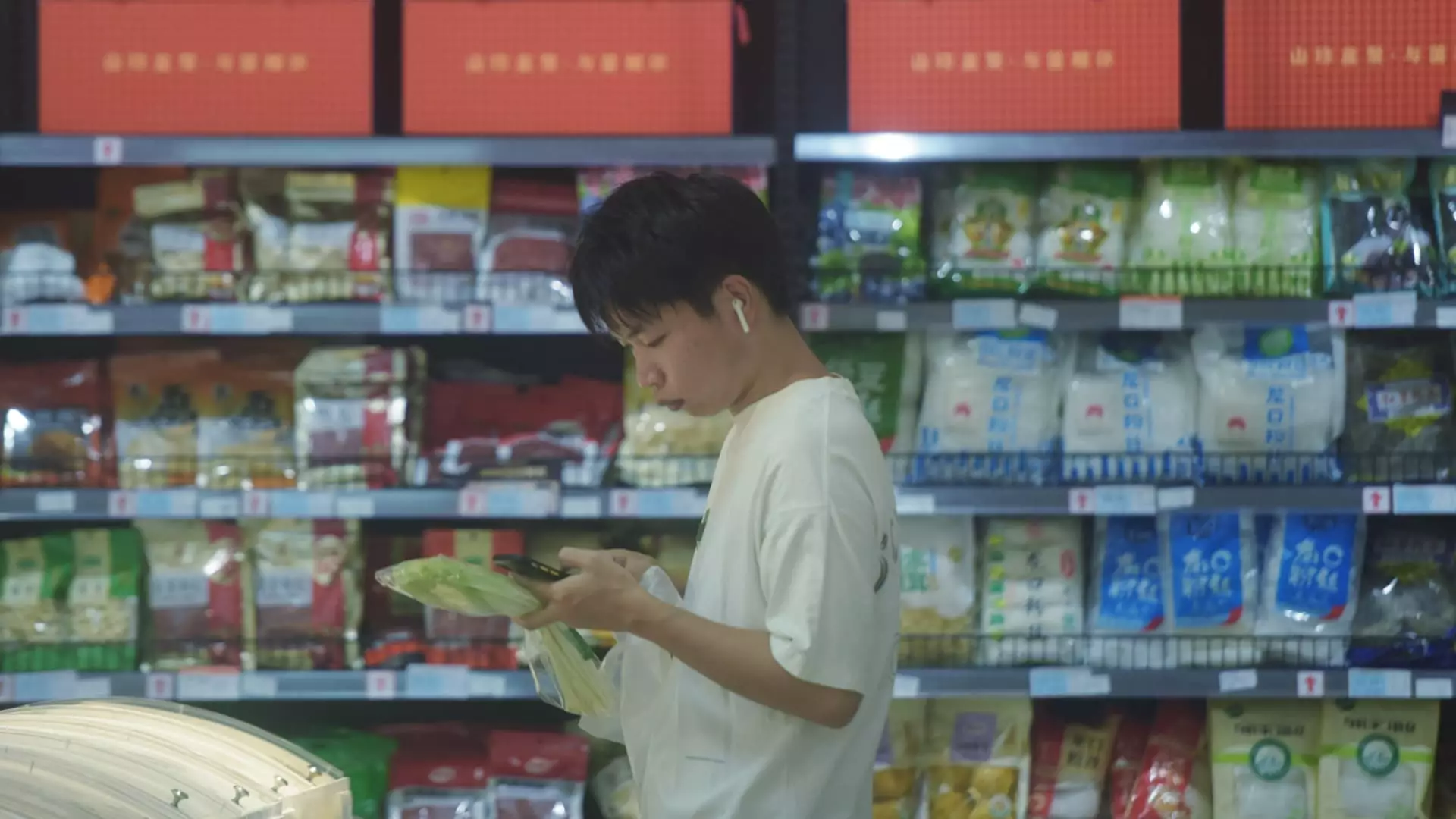In August 2023, China’s economic performance showed signs of slowing growth across multiple sectors. The latest figures released by the National Bureau of Statistics revealed that retail sales, industrial output, and fixed asset investment all fell short of market expectations. Retail sales increased by only 2.1% compared to the previous year, failing to meet the anticipated 2.5%. This marks a decline from July’s performance, which recorded a growth of 2.7%. Such trends indicate a waning consumer confidence, reflecting a hesitancy in spending that could have broader implications for domestic demand.
Industrial production showcased a similar trend, growing by 4.5% in August, yet it did not rise to the 4.8% forecasted by economists. This figure also represents a dip from July’s rise of 5.1%. Moreover, fixed asset investment saw an increase of just 3.4% from the start of the year through August, which again was below the expected growth rate of 3.5%. This decline in growth across both manufacturing and infrastructure investment raises concerns about the sustainability of China’s economic momentum, further underlining the difficulties faced by policymakers in reviving the economy.
Additionally, the urban unemployment rate ticked up to 5.3% in August, climbing from 5.2% in July. This slight rise is particularly alarming given that young adults, who face a staggering unemployment rate of 17.1% as of July, are already experiencing precarious job market conditions. National Bureau of Statistics spokesperson Liu Aihua noted the potential impact of the “graduation season” on these figures, implying that an influx of new graduates competing for limited job vacancies is exacerbating the situation. Stabilizing employment has thus become a pressing challenge for China’s leadership.
China’s statistics bureau acknowledged that increasing adverse impacts from the external environment are complicating economic recovery. The ongoing global economic uncertainties, compounded by domestic weaknesses in consumption, suggest that a “sustained economic recovery” is fraught with challenges. Notably, imports saw only a 0.5% increase in August compared to the previous year, while exports experienced a more robust surge of 8.7%. Such discrepancies may hint at an imbalance in trade dynamics that could further constrain economic growth if not addressed.
As China gears up for the upcoming Mid-Autumn Festival, a major cultural event, the economic outlook remains clouded. With the government yet to unveil significant stimulus measures, there are concerns that insufficient domestic demand will continue to impede growth. Analysts are closely monitoring consumer price indices, which have shown disappointing results, including a mere 0.6% rise in August. The path forward requires delicate navigation through a complex web of economic realities, necessitating innovative solutions to revive confidence and stimulate demand.
Ultimately, understanding the nuances of the current economic landscape is crucial for predicting future trends in China’s economy. Policymakers must address the underlying issues of consumer behavior and labor market dynamics to pave the way for stronger recovery in the coming months.

